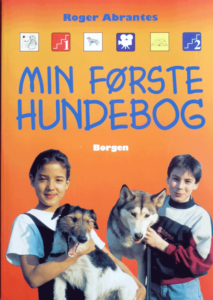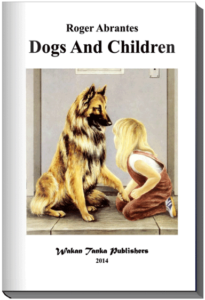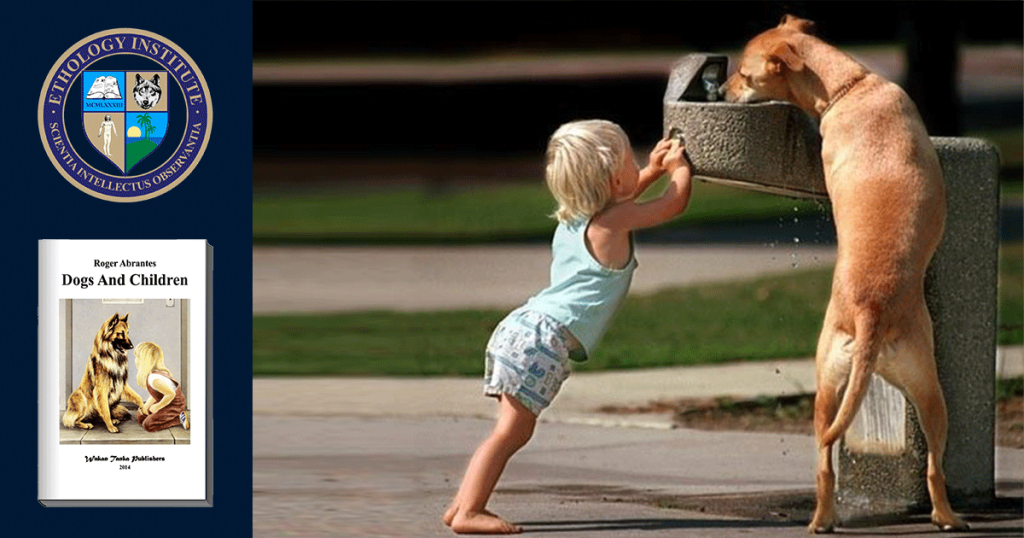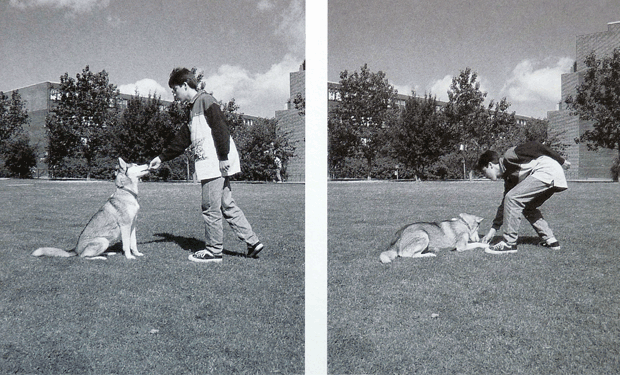Too many misunderstandings between children and dogs end in tragedy with the dogs biting. Then, the dog is re-homed or destroyed and the child may retain physical or emotional scars for the rest of his or her life.
We must take any problem between children and dogs with extreme seriousness. Best of all, we should set preventative measures into action before accidents happen. Allow me to be blunt: when a dog bites a child, it is always the adults’ responsibility. If a child and a dog misunderstand each other so blatantly, it is because we (adults) have failed. We haven’t been good enough in explaining to the child how dogs understand our behavior; and we have been irresponsible dog owners, as we should have taught our dogs to respect a child always and unconditionally. Subsequent apologies and explanations are useless.
A child must never pay the price for her parents’ ignorance and the dog owners’ negligence—nor must a dog. Period.
Even if you are not a parent, and you are not planning to be, you must teach your dog to accept children and to behave well in their presence. We should regard every child as our own, our priority to protect them all. A bitten child is a mark of shame for all of us, dog owners.

Daniel and Rassi doing scent detection in 1997. Scent detection games are excellent to teach children and dogs to work together.
“My First Dog Book” published in Danish in 1997, the book I wrote with the children, for the children.
“Dogs and Children,” the book included in the online course of the same name.


Playing safe is the best advice I’d give you. In particular, pay attention to the following potentially dangerous situations:
- We must never allow the dog to pick up the child’s toys in its mouth. If this happens, instruct the child not to take the toy from the dog, but to tell you, or another adult.
- Do not allow the dog and the child to play rough games where unforeseen consequences are unavoidable.
- Instruct the child not to run in the dog’s presence, as this is liable to encourage the dog to chase the child.
- Discourage all attempts by the dog to jump up at the child, as this scares most children.
- Do not allow the child and the dog to sleep together. We never know what might frighten one or the other, suddenly, and trigger an accident. It can also contribute to developing an allergic response from the child.
- Do not feed the dog and the child together. The vicinity of food is a factor likely to trigger increased vigilance in some dogs and may cause unfortunate accidents.
- Instruct the child about the fundamental principles of understanding the dog so that teasing, or cruelty, is not an option.
Featured Course of the Week
Ethology and Behaviorism Ethology and Behaviorism explains and teaches you how to create reliable relationships with any animal. It is an innovative, yet simple and efficient approach created by ethologist Roger Abrantes.
Featured Price: € 168.00 € 98.00

Learn more in our course Dogs and Children, the course that everyone should take independently of whether one has children, dogs, both or none. It is our (adults) duty to protect them, who need it most, our children and our animals. Dogs and children are wonderful together when all goes well. Learn how to prevent serious problems from occurring and how to give your child and dog some fun and meaningful activities so they can develop a good and respectful relationship.

